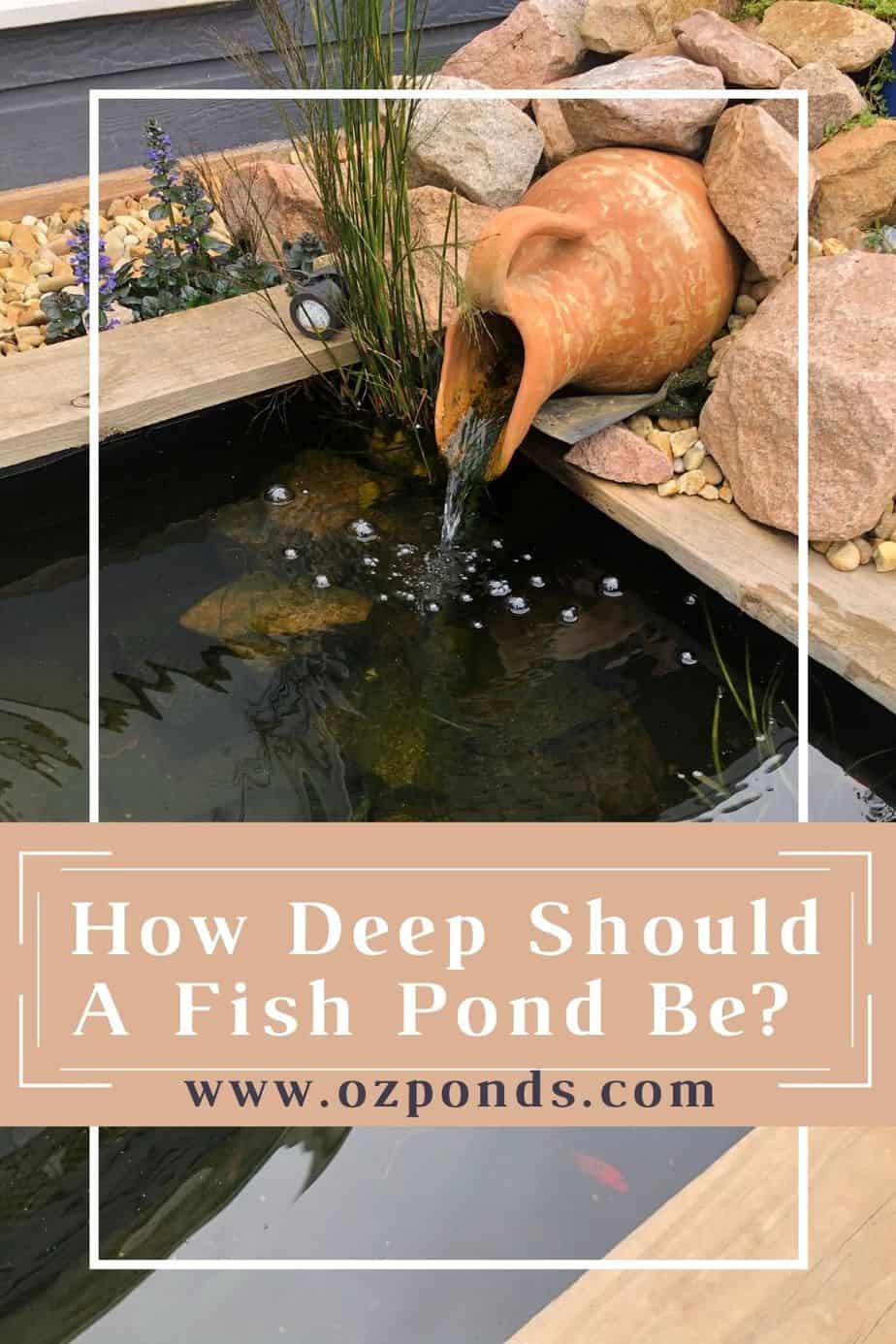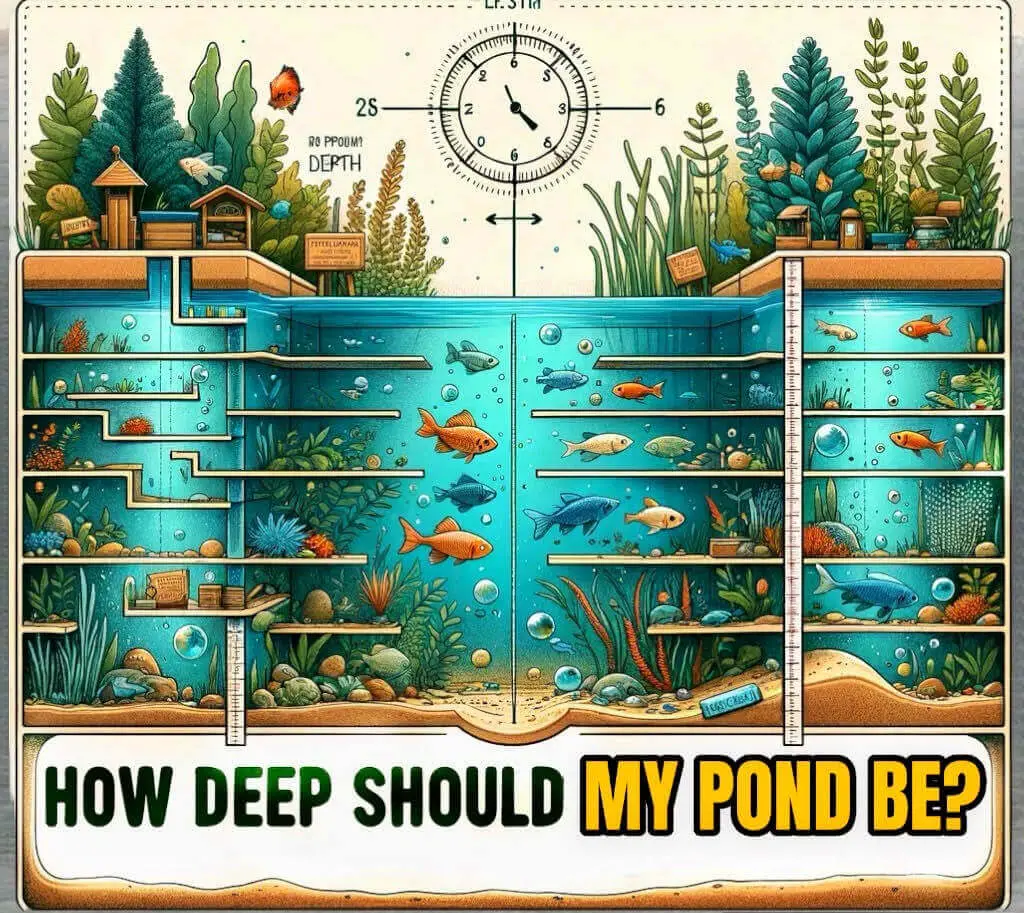Are you considering adding fish to your pond? One of the critical factors to consider is the depth of the pond. The depth of the pond plays a vital role in providing a suitable habitat for fish to thrive. Different fish species have varying depth requirements, so it is essential to understand how deep your pond should be for the specific type of fish you plan to keep.
Factors to Consider
Several factors influence the ideal depth of a pond for fish. These factors include the type of fish species you want to keep, the climate of your region, and the overall size of your pond. Let’s delve deeper into these factors to help you determine the optimal depth for your fish pond.
Type Of Fish Species
Different fish species have different depth preferences based on their natural habitats and behaviors. For example, Koi fish prefer deeper ponds with depths ranging from 3 to 6 feet. On the other hand, Goldfish can thrive in shallower ponds with depths of around 2 to 3 feet. Understanding the specific requirements of the fish species you plan to keep is crucial in determining the ideal depth of your pond.
Climate
The climate of your region also plays a significant role in determining the depth of your fish pond. In colder climates, deeper ponds are preferable as they provide more stable water temperatures, which are crucial for fish survival during winter months. In warmer climates, shallower ponds can be suitable, but adequate shading and aeration are essential to prevent water from overheating.
Pond Size
The overall size of your pond can also impact the ideal depth for fish. Larger ponds can accommodate a wider range of depths to create different habitats for fish. If you have a small pond, you may need to carefully consider the depth to ensure that it meets the requirements of your chosen fish species while providing enough space for them to thrive.

Credit: pondchamps.com
Recommended Depths for Common Fish Species
Here are the recommended depths for some common fish species that are often kept in ponds:
| Fish Species | Ideal Depth Range |
|---|---|
| Koi | 3-6 feet |
| Goldfish | 2-3 feet |
| Tilapia | 3-5 feet |
| Trout | 6-8 feet |
It’s important to note that these are general guidelines, and specific requirements may vary based on individual fish species and environmental conditions. Consulting with a local fish expert or aquatic biologist can provide you with more tailored advice for your particular situation.
Benefits of the Right Pond Depth
Ensuring that your pond has the right depth for your fish species offers several benefits:
- Optimal habitat for fish to thrive and exhibit natural behaviors.
- Stable water temperature, especially in regions with fluctuating climates.
- Enhanced water quality and oxygen levels, crucial for fish health.
- Prevention of overcrowding, as fish can distribute themselves across different depth zones.
- Reduced risk of predation, as deeper areas provide refuge for fish.

Credit: ozponds.com
Tips for Maintaining the Proper Pond Depth
Once you have determined the ideal depth for your fish pond, here are some tips to help you maintain it:
- Regularly monitor water levels to ensure they remain within the desired depth range.
- Consider using a pond liner to prevent erosion and maintain consistent depth.
- Implement proper aeration and filtration systems to support fish health at different depths.
- Monitor and adjust stocking density based on the size and depth of your pond.
- Provide adequate shading and vegetation to prevent water from overheating in shallow ponds.
Conclusion
In conclusion, the depth of your pond is a crucial factor in creating a suitable environment for fish to thrive. By considering the type of fish species, climate, and pond size, you can determine the optimal depth for your fish pond. Maintaining the right depth offers numerous benefits for fish health and overall pond ecosystem. Remember to seek expert advice when in doubt and enjoy watching your fish flourish in their well-suited habitat!




